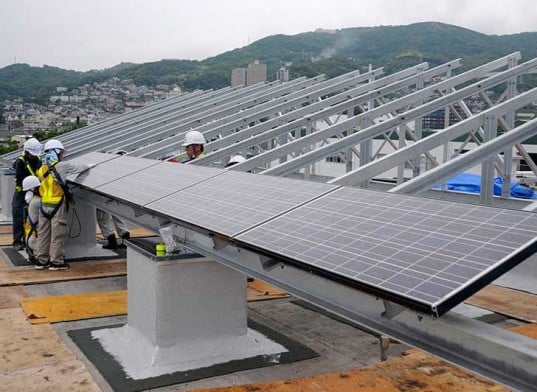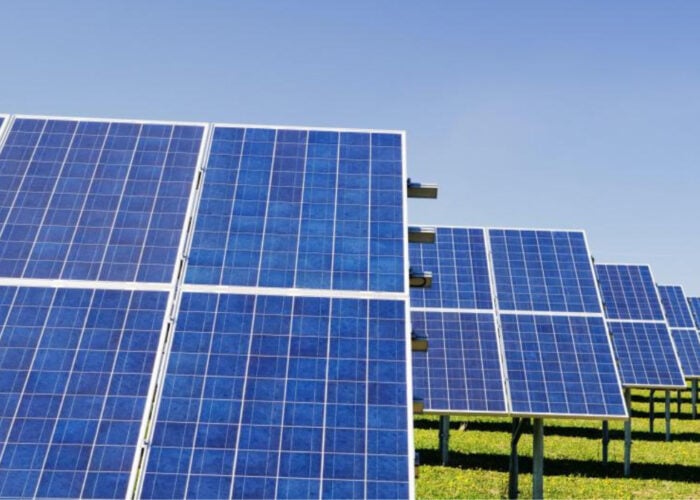
Japan’s 13th solar auctions have been heavily undersubscribed as developers struggle with land availability, support levels and familiarity with power market access, according to Shulman Advisory, a Tokyo-based renewables analyst agency.
On 26 August, Japan’s Organisation for Cross-regional Coordination of Transmission (OCCTO) announced the results for the auctions – there was one for both feed-in-premium (FIP) and feed-in-tariffs (FIT).
Unlock unlimited access for 12 whole months of distinctive global analysis
Photovoltaics International is now included.
- Regular insight and analysis of the industry’s biggest developments
- In-depth interviews with the industry’s leading figures
- Unlimited digital access to the PV Tech Power journal catalogue
- Unlimited digital access to the Photovoltaics International journal catalogue
- Access to more than 1,000 technical papers
- Discounts on Solar Media’s portfolio of events, in-person and virtual
It showed that the FIP auction had a maximum of 175MW on offer and a price limit of ¥9.88/kWh (US$0.07c/kWh) but just 14.3MW was actually awarded across 10 projects at a price ranging from ¥9.70/kWh to ¥9.87/kWh.
Meanwhile, the FIT auction had 50MW available at a maximum price of ¥9.88/kWh but merely 11.9MW was awarded across 18 projects, with prices ranging from ¥9.5/kWh to ¥9.88/kWh.
Dan Shulman, CEO of Shulman advisory and an expert on Japanese power markets, said the disappointing results were down to three separate factors: a lack of available land, the FIT cut-off level being considered too low and a lack of familiarity with power market access.
On the first point, Shulman said there was mounting local opposition to solar projects in Japan, with a recent project pulled because of local protests on environmental grounds a pertinent example.
When it comes to the FIT level, he said it is considered “relatively low” and that, combined with rising EPC costs, makes projects less commercially attractive. “EPC costs have been rising since last year, with higher equipment prices driving some of the increase. Several developers have told us that a LCOE below ¥10/kWh is difficult to achieve,” Shulman wrote.
“The decrease in average LCOE over the course of 10 years of FIT here in Japan has not brought us to where we need to be, particularly in terms of the cost of civil works and now we have massive turbulence in international supply chains coinciding with a generational tanking in the value of the Yen,” Shulman told PV Tech, adding that this was not good for post (or low) tariff renewables development.
Finally, a “lack of familiarity with power market access, balancing operations and costs, combined with the volatility of the FIP premium, appears to be hindering participation in FIP auctions,” Shulman said.
Instead, developers are increasingly turning to more stable corporate power purchase agreements (PPA), with many corporate buyers (including utilities) offering solar developers an “all-in-one” package, including a fixed price PPA and taking on balancing operations and risks, Shulman noted.
Japanese developers are increasingly thinking that “commercial and industrials customers will be willing to pay more for corporate PPAs once they realise that it’s actually a good hedge against mid to long term wholesale power market volatility,” Shulman told this site.
“The results mean Japan’s large-scale solar pipeline is drying up, and this trend is likely to continue,” Shulman said. “Instead, we expect the future of solar PV in Japan to revolve around small, distributed projects.”
“These will be consolidated in portfolios, with power sold under PPAs, and aggregate buyers offering balancing and sleeving services. Future FIP auctions might only see projects with a secured off-taker participant.”







